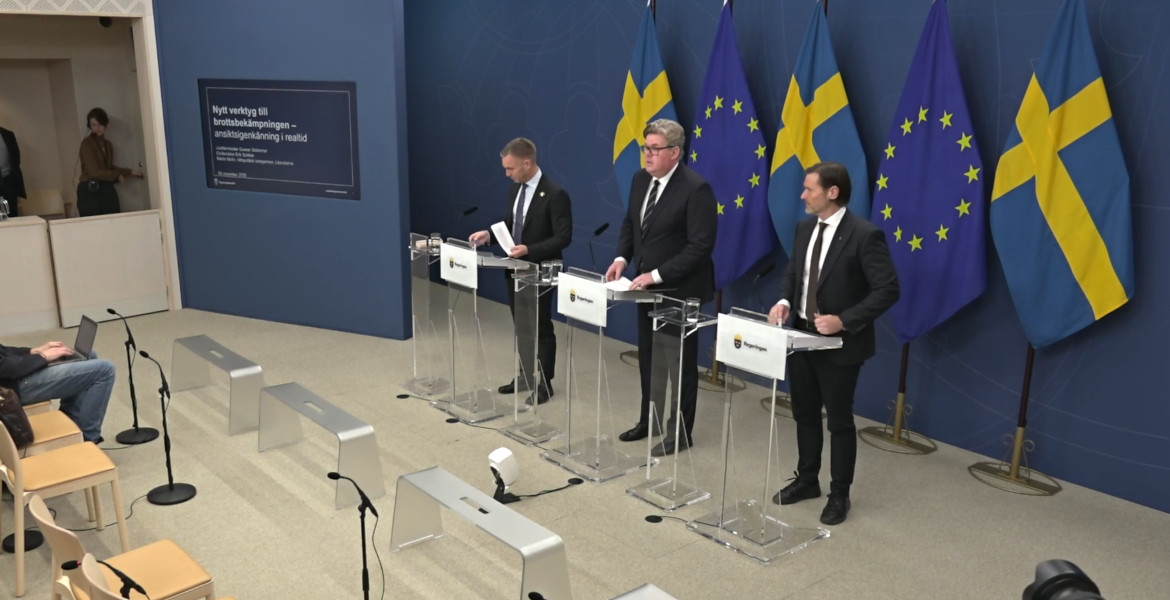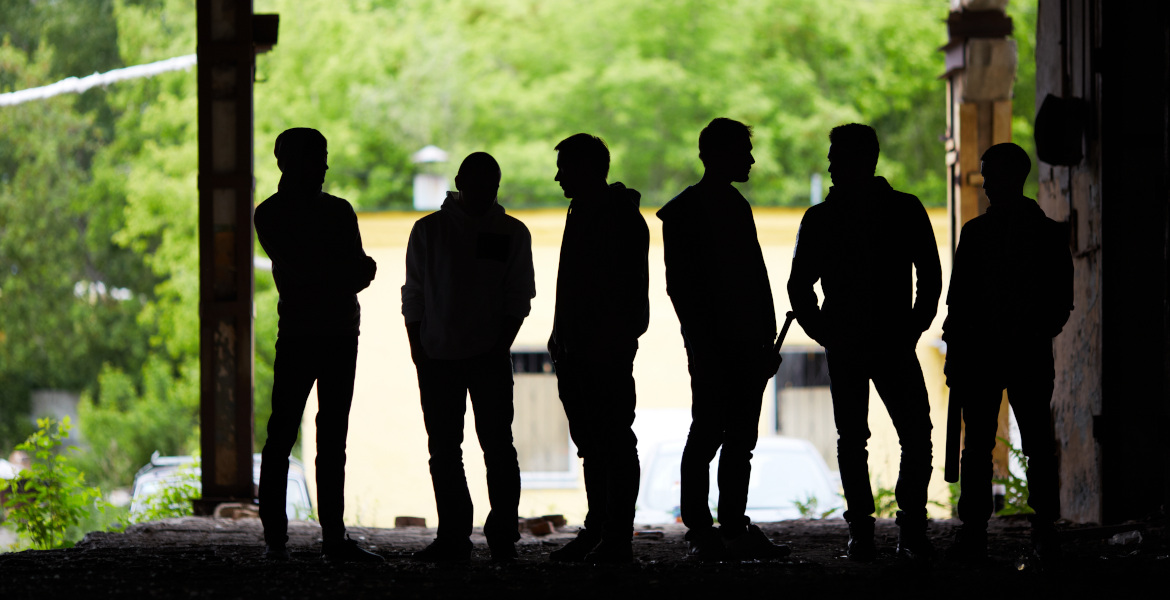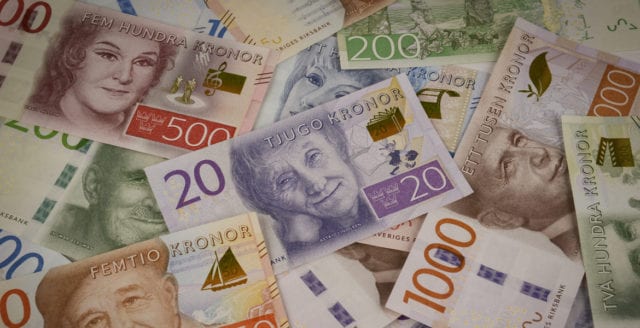Single mother Cilla and her son have moved to the countryside due to health issues caused by exposure to certain types of radiation. Despite her informing Vattenfall, a state-owned Swedish energy company, of this, the company decided, against her explicit wishes, to forcibly install a new wireless electricity meter on her property.
Disturbing footage shows the electricity company setting out with a team of eight people, including a locksmith, two security guards and the support of the Swedish Enforcement Authority, to force their way into Cilla's home.
Cilla says that people are particularly sensitive to radiation from wireless technology and react with severe symptoms at levels that most people do not even notice. The symptoms she can suffer from exposure to such radiation emitted by cell towers, mobile phones, wireless networks and so-called smart meters include headaches, nosebleeds, rashes, eczema, heart arrhythmias, insomnia, vomiting, nausea, tinnitus and blood in the urine at higher levels. This is why Cilla chose to move from Stockholm to the countryside to Garpenberg in Dalarna, where she and her son have now lived for several years.
During the summer, she was informed by her electricity company, Vattenfall, that they wanted to replace the previous electricity meter with a new so-called "smart electricity meter", which will transmit data on, among other things, electricity consumption using wireless communication via the 4G network. In conversations and letters to Vattenfall, Cilla has informed the company that she is not opposed to the replacement of the electricity meter, but she is opposed to the installation of a microwave transmitter because she and her son cannot tolerate this radiation. She has also clearly emphasized to Vattenfall that there are other technical solutions, such as transmitting information via the electricity grid or via fiber.
Vattenfall responded by sending security guards
Even in spite of the provisions of the Environmental Code, which states that the best possible technology should be used if there is reason to believe that there is a risk to human health, Vattenfall chose to force its way into Cilla's home to install the wireless transmitter, along with a new electricity meter, one day in mid-August. To gain access to the family's property, Vattenfall hired three people from the Swedish Enforcement Authority, a locksmith and two security guards to forcibly install the wireless transmitter. Two fitters from Vattenfall without name tags also showed up. In total, eight people entered Cilla's property against her will.
She describes it as a shocking experience.
– I couldn’t even imagine in my wildest dreams that we wouldn’t be heard and put a stop to the madness, Cilla told The Nordic Times.
Can no longer live in the house
After the installation of the microwave transmitter, Cilla and her son have suffered from the very symptoms they were worried about: headaches, nosebleeds, difficulty sleeping, swallowing food and other acute symptoms. The family cannot now live in the house or be out in the yard without getting sick and she expresses great despair at what the electricity company, with the support of the authorities, has forced on them.
– To be subjected to this legal abuse that violates several laws including human rights, the land code, property law, the environmental code and face this cold-blooded ignorance, despite the threat to our lives, feels like something out of a horror movie and not out of our seemingly safe life in Sweden. The right to decide over our lives and avoid being forcibly irradiated applies, regardless of what a company like Vattenfall has on its agenda, says Cilla about the incident.
Vattenfall refers to the fact that it is "forced" to change its electricity meters due to the new regulation on functional requirements for electricity meters adopted by the government in 2018. However, there is no requirement in the regulation that electricity meters must transmit information using wireless technology.
Vattenfall: "Complies with EU health and safety requirements"
Vattenfall's press service states to TNT that they do not want to comment on individual cases, but confirms via email that further back in time, about 15-20 years ago, a dialog was conducted with the Swedish Association of Electricity Hypersensitive People, where they have since had agreements with some customers regarding manual meter reading. However, this will cease completely after the turn of the year to 2025. This refers to "laws and regulations" on the website of the Energy Markets Inspectorate (a government agency for which Ebba Busch (KD) is currently the responsible minister), an agency that in turn falls under the Ministry of Climate and Business.
"From 2025, all of Sweden's electricity meters must meet new statutory functional requirements and the new regulations no longer support this type of customer agreement that handles manual meter reading", writes Sofia Quant, Head of Stakeholder and Impact Communication at Vattenfall.
The Environmental Code stipulates that the best possible technology should be used, especially if "there are reasons to assume nuisance" to human health. Do you offer alternatives to eliminate potential health impacts of wireless technology from your electricity meters?
"Our electricity meter, like other electrical products, must meet certain requirements and we follow the laws and regulations in place regarding safety and health. The electricity meter is CE marked, which means that the manufacturer certifies that the products meet EU health and safety requirements. The electricity meter is also within the reference values from the Swedish Radiation Safety Authority", continues Sofia Quant, who adds that "no other assessments are made".
"All electricity meters from Vattenfall Eldistribution are type-approved and properly installed to meet all regulatory requirements. We do not make any further assessments in our role as a power grid company. Customers can always contact us with questions related to meter replacements and their electrical installations", says Quant.





